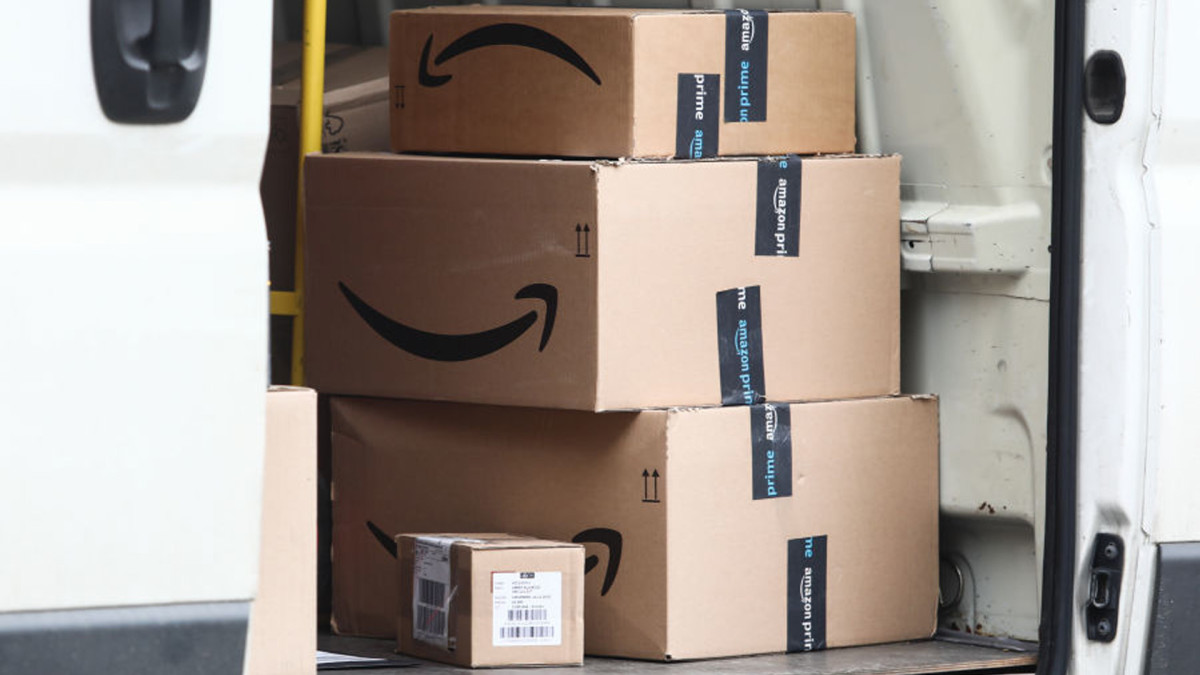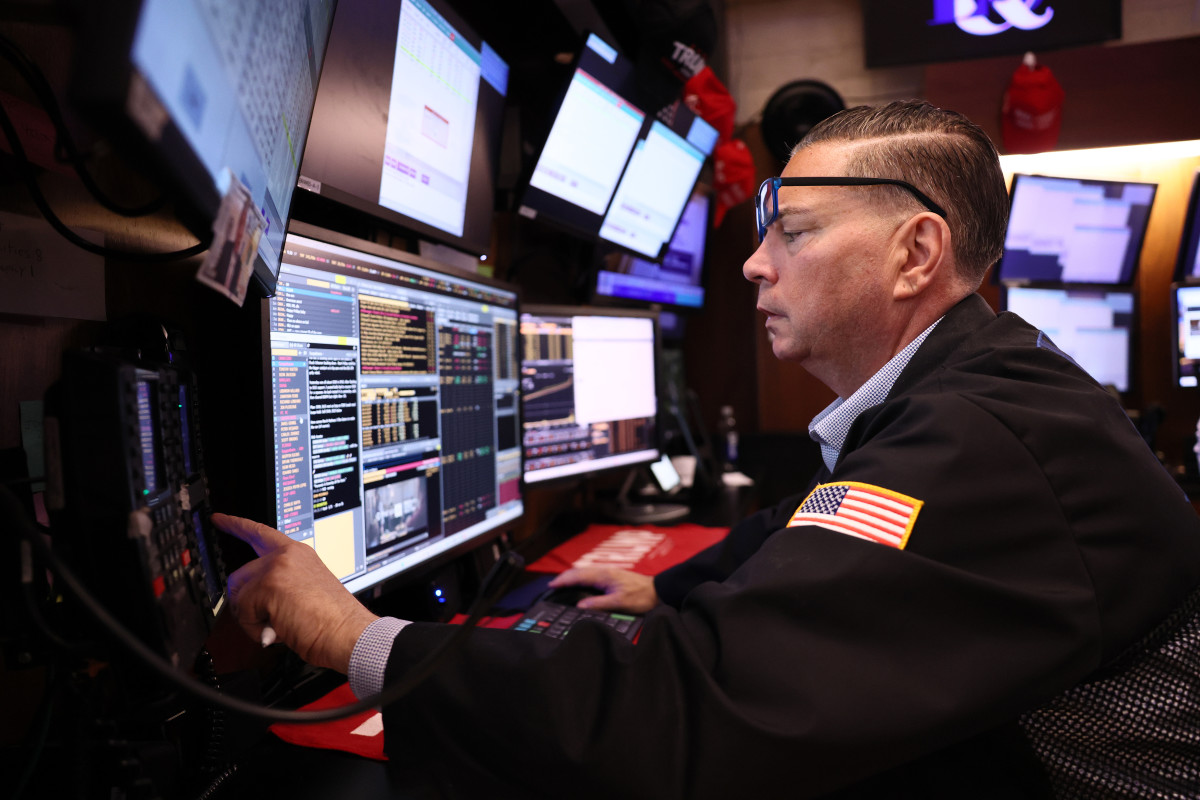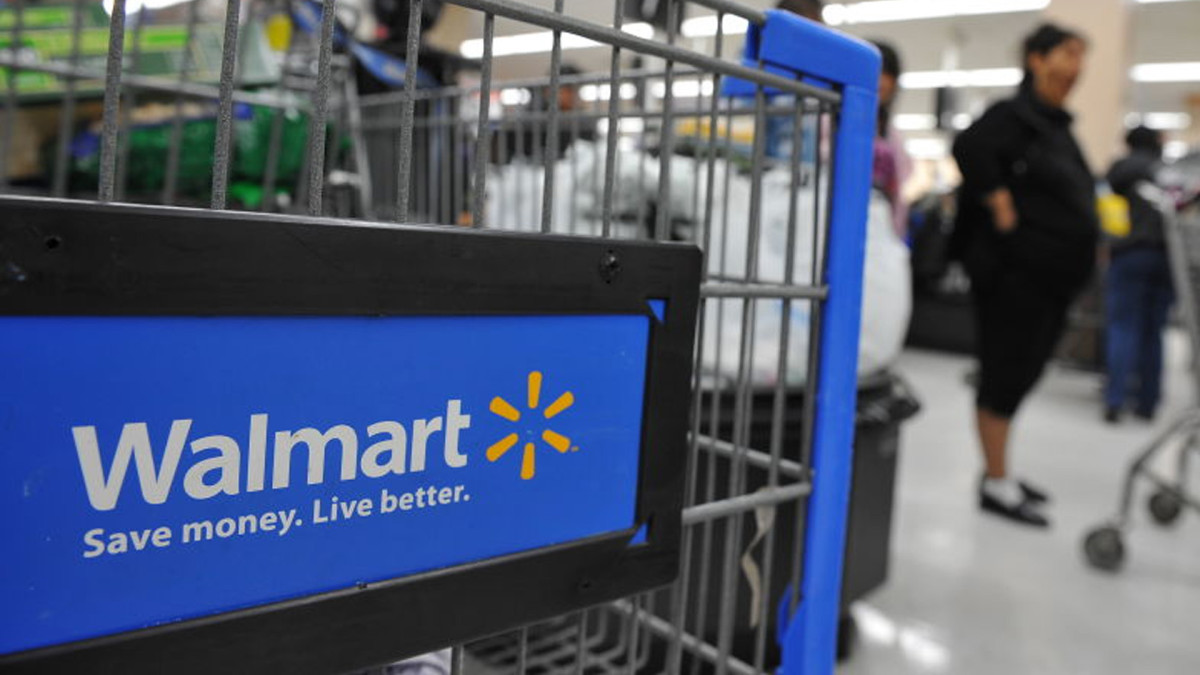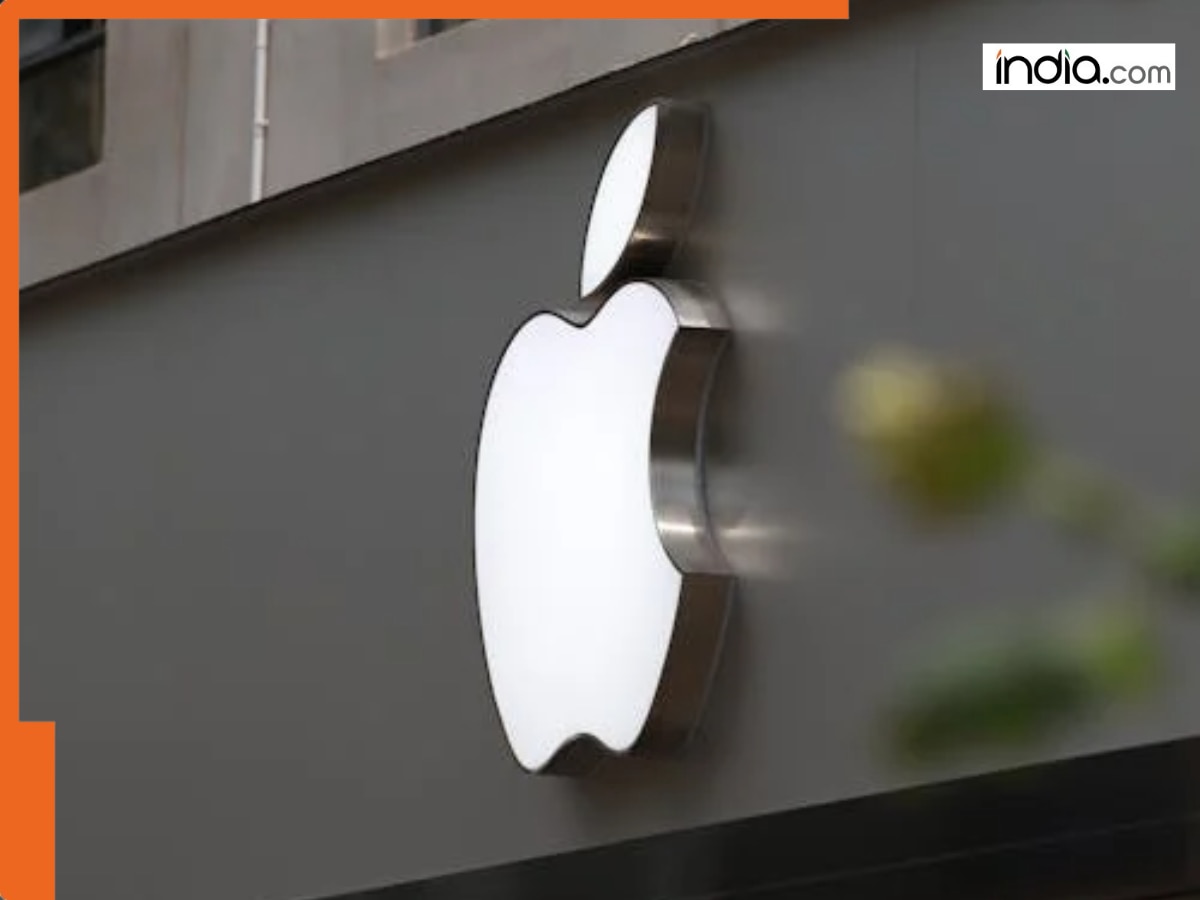Veteran fund manager sees quiet fuel for next AI rally
From Silicon Valley to Seattle, the numbers from Big Tech’s Q3 earnings thus far point in virtually the same direction. It’s clear that the AI buildout is growing at a pace no one would have guessed a couple of years ago. In fact, some analysts argue that we’re witnessing perhaps one of ...

From Silicon Valley to Seattle, the numbers from Big Tech’s Q3 earnings thus far point in virtually the same direction.
It’s clear that the AI buildout is growing at a pace no one would have guessed a couple of years ago.
In fact, some analysts argue that we’re witnessing perhaps one of the largest investment booms since World War II, with tech giants racing to expand their physical infrastructure for AI, including data centers, chips, and power systems that enable the algorithms to function.
That push triggered an incredible surge in spending across the sector.
Companies are investing billions in keeping pace with the soaring demand for computing, layering in new capacity, upgrading hardware, and fortifying networks to handle the tremendous surge in AI workloads.
However, beneath all the flashy headlines, a quieter metric inside the latest Big Tech earnings reports could perhaps be the most pertinent of them all.
Veteran fund manager Chris Versace argues that this key figure could quietly power the next leg of the AI rally. Bloomberg/Getty Images
Chris Versace says capex is becoming the quiet driver of AI’s next rally
Big Tech’s results point to a powerful long-term theme that's been hiding in plain sight: capital expenditures (capex), which continues to rise.
Chris Versace, veteran fund manager and lead of TheStreet’s portfolio, feels the latest quarterly earnings from Alphabet (GOOGL), Meta Platforms (META), and Microsoft (MSFT) show that AI demand is outpacing capacity, compelling the biggest tech companies to spend aggressively to keep up.
Related: ChatGPT maker OpenAI could soon set another record
At Alphabet, Google Cloud sales jumped an impressive 33.5% year over year to $15.2 billion, while the company’s cloud backlog surged 46% quarterly to $155 billion.
In line with an aggressive pace, Google anticipates 2025 capital spending of $91 to $93 billion, a substantial increase from $85 billion previously, and has hinted at a “significant increase” again in 2026.
Similarly, Meta Platforms bumped its capex range to $70 to $72 billion this year, on the back of stronger-than-expected demand. Its spending will grow in 2026, with management adding that it will be “notably larger” than in 2025.
Then came Microsoft.
Despite capacity constraints, Azure AI delivered the goods for the tech giant, comfortably blowing past internal targets. Additionally, its commercial remaining performance obligations surged to $400 billion, up 50% year over year, excluding its $250 billion deal with OpenAI.
More Tech Stocks:
- Senior analyst lifts Palantir stock price target with a catch
- Nvidia just scored a massive AI win, but CEO Huang has regrets
- Apple’s iPhone 17 story just took an unexpected turn
- Analysts revamp Salesforce stock forecast after key meeting
Microsoft’s next move is to boost its AI capacity by 80% this year while doubling its already impressive data center footprint within two years.
For Versace, these numbers all point in the same direction.
“Each report is saying the same thing in different words; the AI and cloud buildout is accelerating, not topping out,” he said. That ramp-up bodes remarkably well for TheStreet’s chip holdings, including Nvidia, Marvell, and Qualcomm.
Takeaways on AI capex:
- Capex is the new AI catalyst: Chris Versace feels Big Tech’s soaring investment in infrastructure could potentially power the next leg of the AI rally.
- Spending surge across the board: Alphabet, Meta, and Microsoft are all increasing their 2025-2026 capital expenditures, backed by combined AI and cloud outlays that are likely to reach $420 billion by 2026.
- Chipmakers stand to gain: Versace points to Nvidia, Marvell, and Qualcomm, which will remain key beneficiaries of Big Tech’s arms race to grow data center and AI capacity.
Big Tech CEOs go all-in on AI, even as costs soar
The biggest leaders in tech are sending a clear message that the AI boom isn’t just a phase, but more of a full-blown infrastructure race.
Across Q3 earnings, three of the biggest tech giants in Alphabet, Microsoft, Meta, and Amazon each struck a confident tone, where their leaders acknowledged that AI demand is still outrunning supply, and they’re spending whatever it takes to catch up.
Related: Nvidia's next big thing could be flying cars
At Alphabet, CEO Sundar Pichai said Google is “investing to meet customer demand and capitalize on the growing opportunities across the company.”
Google’s massive $23.95 billion in Q3 capex, roughly 50% of its entire operating cash flow, is arguably its biggest spending surge yet. Moreover, Pichai cited “real business results” from AI, including record sales and a growing adoption of Gemini tokens, while adding that Google continues scaling NVIDIA GPUs and its own TPUs to meet demand.
Microsoft’s Satya Nadella feels that cloud and AI are “the essential inputs for every business,” underscoring the tech behemoth's push “across the stack” from infrastructure to applications.
Also, Microsoft reported a whopping $21.4 billion in capex, with CFO Amy Hood noting that 50% of that lofty spending goes toward long-lived data center assets, which could generate returns for “15-plus years.”
Meta’s Mark Zuckerberg perhaps took the most aggressive stance, highlighting that it’s “the right strategy to front-load building capacity,” even if there are short-term inefficiencies. Additionally, Meta’s Q3 capex totaled $16.8 billion, a significant increase from $10.6 billion a year earlier, while its 2025 forecast has been revised to $70-$72 billion.
At the same time, Amazon’s Andy Jassy hailed the moment as a “maybe once-in-a-lifetime opportunity,” saying the company added a superb 3.8 gigawatts of capacity in the past year.
However, Amazon’s free cash flow dropped to $14.8 billion from $47.7 billion as it shelled out $50.9 billion into infrastructure, with capex expected to top $125 billion.
Related: Apple CEO’s iPhone 17 pitch has clear message for users
What's Your Reaction?





















































